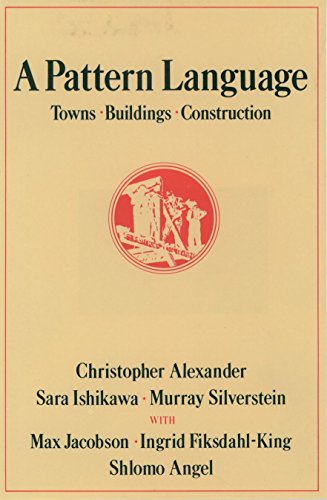
1
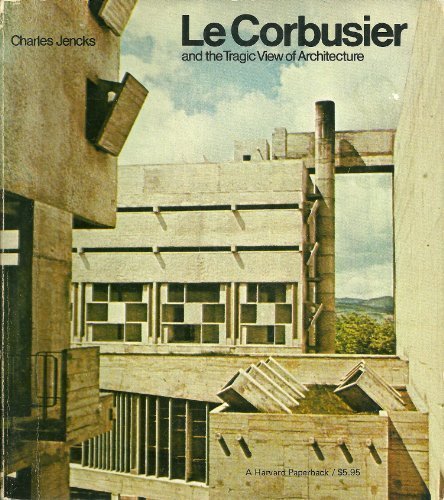
2
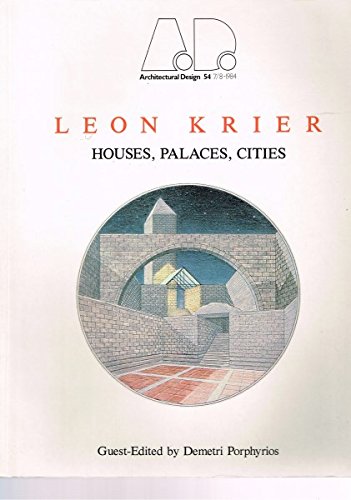
3
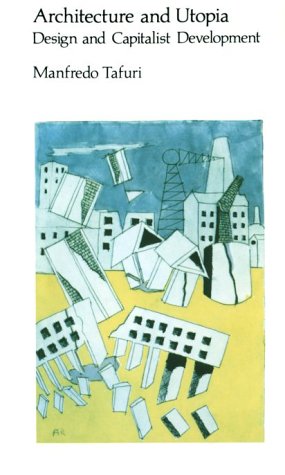
4
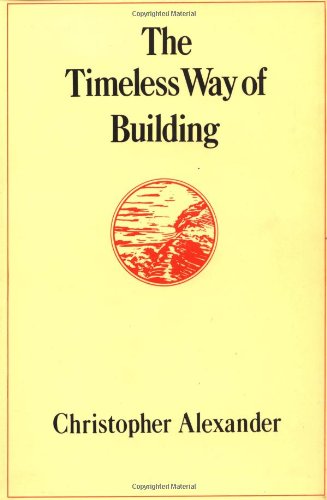
5
Throughout history, architecture has been the handmaiden of money and power. It has served those who wield these because building well requires huge commitment of resources. But architecture’s soul has never been completely sold. Even today, when it seems that architects are about little other than ‘wow’ factor, we can access deep understanding of how places can be made that complement and enrich the lives that people live in and through them. These books have helped me get better at this. These are not coffee table books, but deeply thoughtful. They are as much about what it means for architecture to have lost its soul as they are about what that soul is. You won’t find the soul of architecture here. If you want it , you will have to reach your own version. But I think these books can help.
1
This book contains the most concentrated wisdom and understanding of how buildings can relate to human life that exists. Period.
2
The impossibility and the dream of modernism. In seeking to free itself from the shackles of historicism, modern architecture killed buildings. Before modernism, it was clearly possible to make inhumane buildings. Only after modernism was it possible to make inhuman buildings. This doesn't mean modernist architects were inhuman, or bad designers. The most talented knew exactly what they had lost, and never stopped dreaming of discovering some way forward to a new mode that could reinstall life-like-ness at the heart of their work.
3
Leon and Rob Krier reconnected modernism with life, but (imho) were trapped by the false dichotomy that all modern architects must wrestle with - that there are only two kinds of architecture - modern and pre-modern. If they were to reinstate humans as the meaning of architecture, they must be anti-modern - there was no way out, and they were forced to choose historicism to be allowed to talk about humans. This is Leon Krier at his peak, when he still believed that synthesis was possible.
4
Tafuri lays the position of architects under capitalism bare: '... reveals the tragedy of the modern: no architectural production - building, criticism or otherwise - has ever been produced outside, nor against, the dominion of capital. Architecture either finds its place as ideology or as an instrument to update the means of production. In this context, bad conscience appears to be the only mechanism through which modernism may reflect the unconscious trauma of the ideology it puts forward: “to ward off anguish by absorbing and understanding its causes" '
5
And finally, back to Alexander. This companion volume to 'A Pattern Language' takes you into what it means for a building to be alive, to become an elaboration of nature.

1
This book contains the most concentrated wisdom and understanding of how buildings can relate to human life that exists. Period.

2
The impossibility and the dream of modernism. In seeking to free itself from the shackles of historicism, modern architecture killed buildings. Before modernism, it was clearly possible to make inhumane buildings. Only after modernism was it possible to make inhuman buildings. This doesn't mean modernist architects were inhuman, or bad designers. The most talented knew exactly what they had lost, and never stopped dreaming of discovering some way forward to a new mode that could reinstall life-like-ness at the heart of their work.

3
Leon and Rob Krier reconnected modernism with life, but (imho) were trapped by the false dichotomy that all modern architects must wrestle with - that there are only two kinds of architecture - modern and pre-modern. If they were to reinstate humans as the meaning of architecture, they must be anti-modern - there was no way out, and they were forced to choose historicism to be allowed to talk about humans. This is Leon Krier at his peak, when he still believed that synthesis was possible.

4
Tafuri lays the position of architects under capitalism bare: '... reveals the tragedy of the modern: no architectural production - building, criticism or otherwise - has ever been produced outside, nor against, the dominion of capital. Architecture either finds its place as ideology or as an instrument to update the means of production. In this context, bad conscience appears to be the only mechanism through which modernism may reflect the unconscious trauma of the ideology it puts forward: “to ward off anguish by absorbing and understanding its causes" '

5
And finally, back to Alexander. This companion volume to 'A Pattern Language' takes you into what it means for a building to be alive, to become an elaboration of nature.
© Five Books 2025